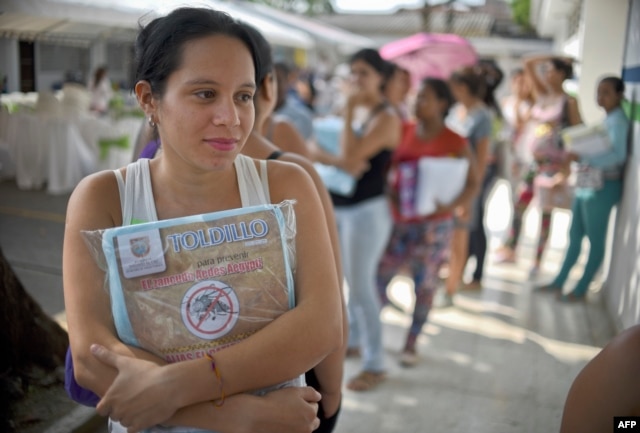Disir
Platinum Member
- Sep 30, 2011
- 28,003
- 9,611
- 910
The World Health Organization issued recommendations on Friday for safeguarding the blood supply from the Zika virus, but said blood collection may need to continue in some affected areas, despite concerns that the virus may be linked to birth defects
The Food and Drug Administration recently advised that United States territories with active Zika transmission, including Puerto Rico, should halt blood donations and import blood from nonaffected regions. Since there are no homegrown cases of Zika virus transmission in the continental United States, shipping blood to Zika-affected areas like Puerto Rico and the United States Virgin Islands is feasible.
http://www.nytimes.com/2016/02/20/w...-blood-collection-in-zika-affected-areas.html
Reason number 999 that I no longer give a darn about W.H.O.
The Food and Drug Administration recently advised that United States territories with active Zika transmission, including Puerto Rico, should halt blood donations and import blood from nonaffected regions. Since there are no homegrown cases of Zika virus transmission in the continental United States, shipping blood to Zika-affected areas like Puerto Rico and the United States Virgin Islands is feasible.
http://www.nytimes.com/2016/02/20/w...-blood-collection-in-zika-affected-areas.html
Reason number 999 that I no longer give a darn about W.H.O.









